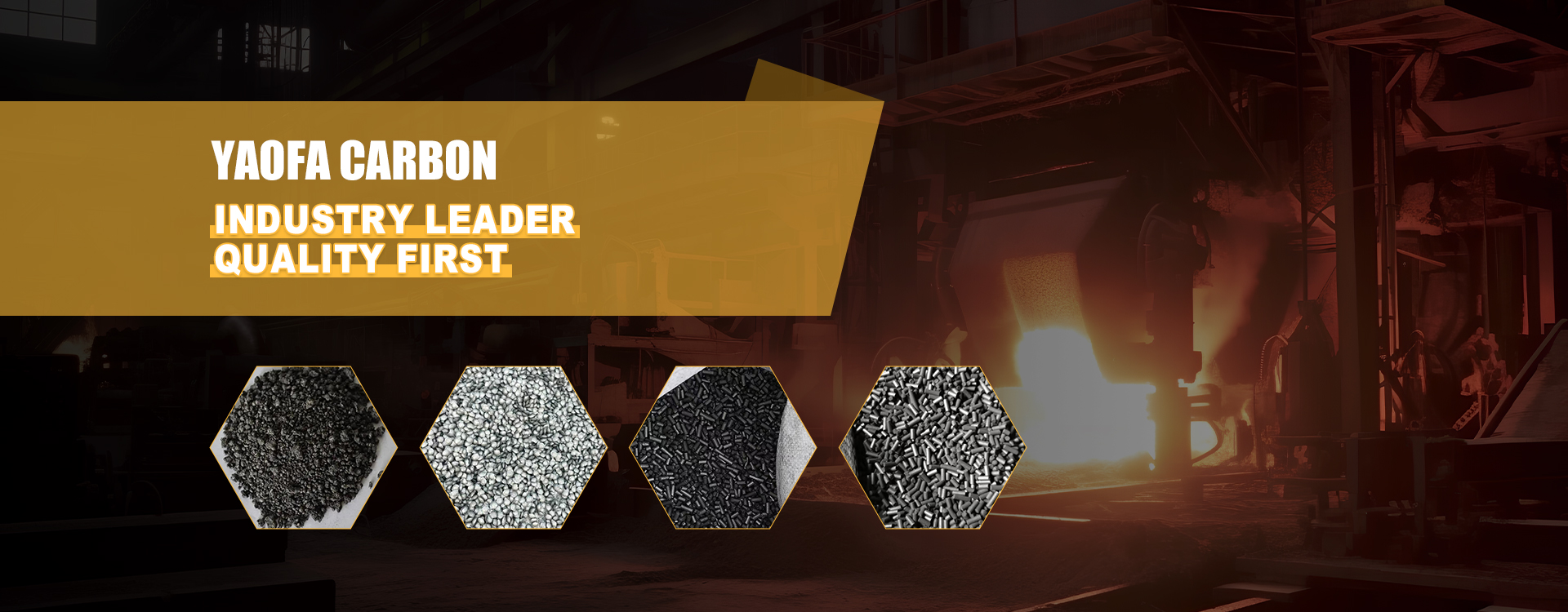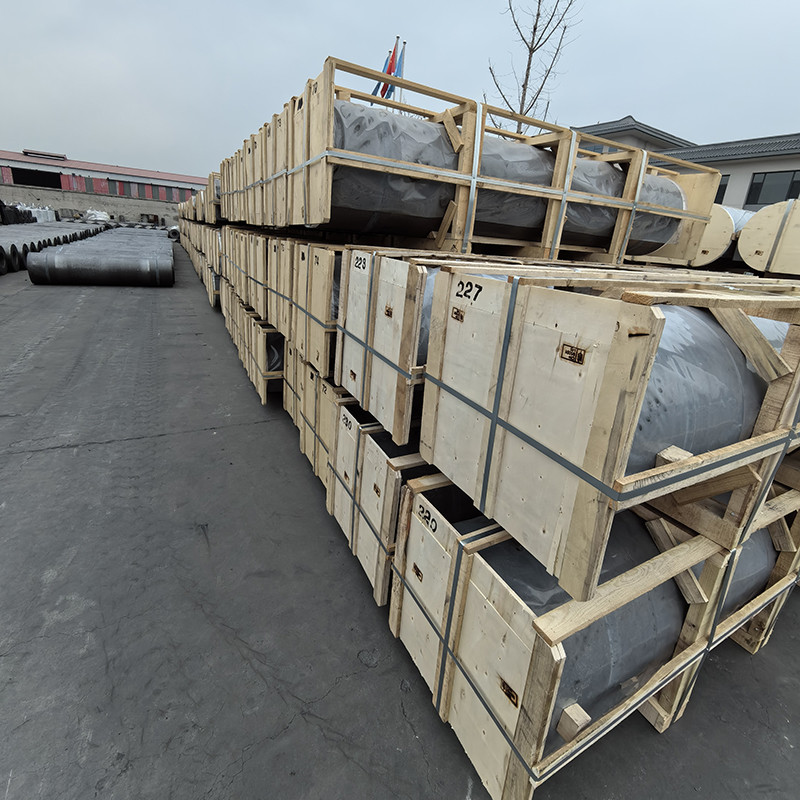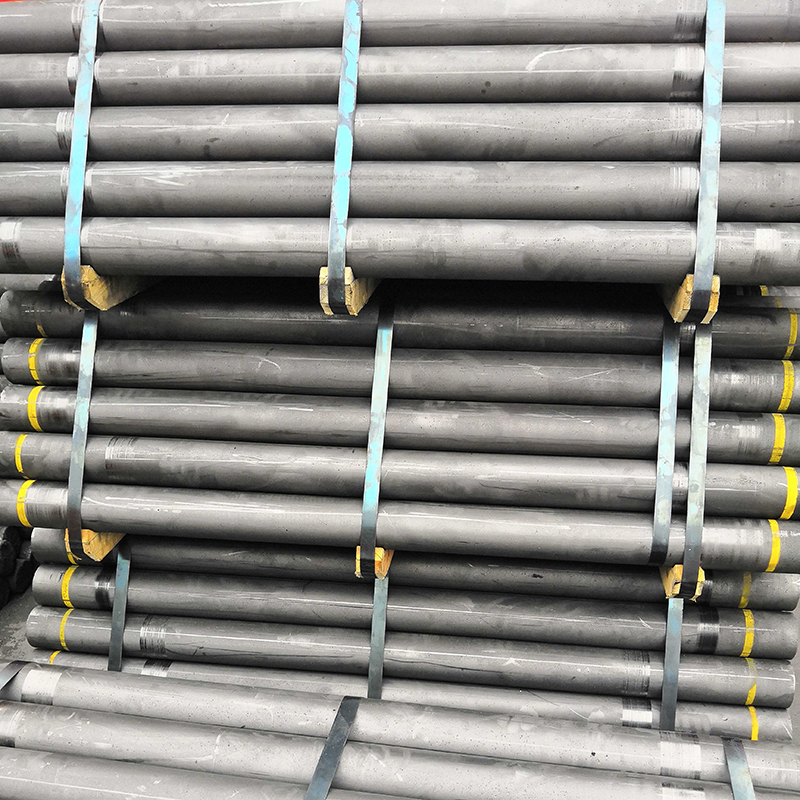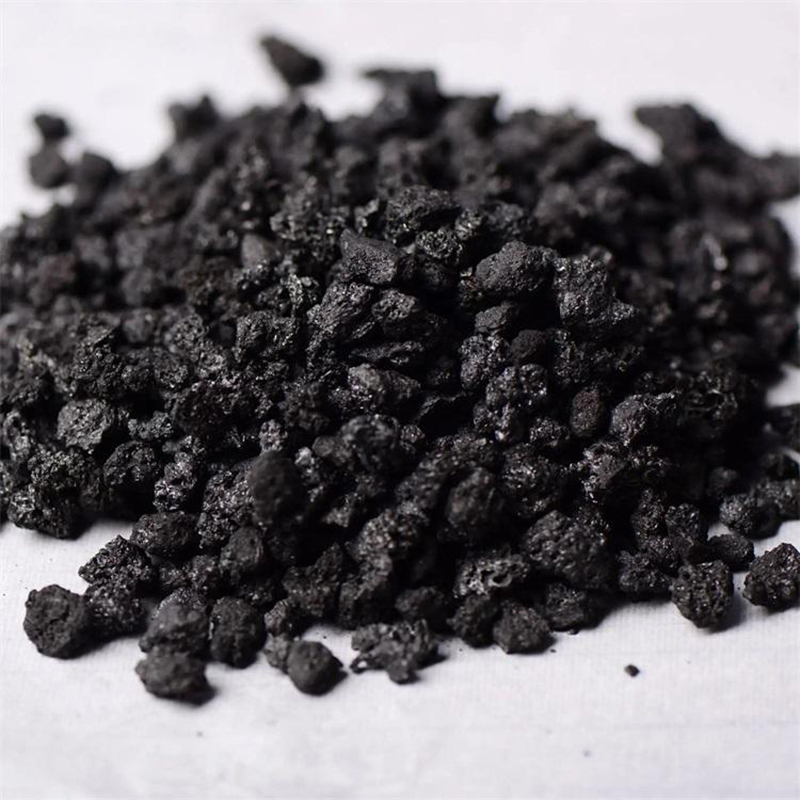- English
- Chinese
- French
- German
- Portuguese
- Spanish
- Russian
- Japanese
- Korean
- Arabic
- Irish
- Greek
- Turkish
- Italian
- Danish
- Romanian
- Indonesian
- Czech
- Afrikaans
- Swedish
- Polish
- Basque
- Catalan
- Esperanto
- Hindi
- Lao
- Albanian
- Amharic
- Armenian
- Azerbaijani
- Belarusian
- Bengali
- Bosnian
- Bulgarian
- Cebuano
- Corsican
- Croatian
- Dutch
- Estonian
- Filipino
- Finnish
- Frisian
- Galician
- Georgian
- Gujarati
- Haitian
- Hausa
- Hawaiian
- Hebrew
- Hmong
- Hungarian
- Icelandic
- Igbo
- Javanese
- Kannada
- Kazakh
- Khmer
- Kurdish
- Kyrgyz
- Latin
- Latvian
- Lithuanian
- Luxembou..
- Macedonian
- Malagasy
- Malay
- Malayalam
- Maltese
- Maori
- Marathi
- Mongolian
- Burmese
- Nepali
- Norwegian
- Pashto
- Persian
- Punjabi
- Serbian
- Sesotho
- Sinhala
- Slovak
- Slovenian
- Somali
- Samoan
- Scots Gaelic
- Shona
- Sindhi
- Sundanese
- Swahili
- Tajik
- Tamil
- Telugu
- Thai
- Ukrainian
- Urdu
- Uzbek
- Vietnamese
- Welsh
- Xhosa
- Yiddish
- Yoruba
- Zulu
- Kinyarwanda
- Tatar
- Oriya
- Turkmen
- Uyghur

electrodes and graphite
Understanding Electrodes and Graphite in Industrial Applications
When it comes to industrial applications, many often confuse the use of graphite with other materials in electrodes. However, due to its excellent conductive properties and efficiency in high-temperature environments, graphite remains a preferred choice in numerous industries. This discussion aims to unravel some common misconceptions and share experiences from the field.
Graphite's Role in Industrial Electrodes
Graphite is celebrated for its remarkable electrical conductivity and thermal resistance, which makes it indispensable in the manufacturing of electrodes. Its structure allows electrons to move freely, which is crucial in applications like electric arc furnaces. During my time at Hebei Yaofa Carbon Co., Ltd., we often emphasized these properties when designing and producing electrodes for various sectors. It was fascinating to witness how a simple material could drive such advanced processes.
One might assume that any conductive material could replace graphite; however, its natural lubricity and stability under high temperatures set it apart. I've observed firsthand how these qualities reduce wear and tear, ultimately prolonging the electrode's lifespan. Despite evolving technologies, graphite retains a competitive edge, primarily due to these characteristics.
It's also worth mentioning that the production expertise accumulated over two decades at Hebei Yaofa has honed our approach, ensuring we deliver the high-quality graphite electrodes our clients need. Detailed calibration and rigorous testing have become second nature in ensuring product consistency and reliability.
Common Challenges with Graphite Electrodes
Despite the many advantages, employing graphite in electrodes doesn't come without challenges. A significant hurdle is the material's susceptibility to oxidation at elevated temperatures. I've seen instances where insufficient protective measures led to accelerated degradation, a lesson learned early in my career. Proper coatings and treatments can mitigate such risks, ensuring performance is maintained.
One practical issue we've encountered involves the scaling of production. Given the precision required in crafting these electrodes, even a slight deviation in production can lead to significant performance shifts. At Hebei Yaofa, we've addressed this by integrating advanced quality checks at each stage of production. Our efforts focus on maintaining the standards that clients expect and deserve.
Supply chain dynamics also play a crucial role. Ensuring a consistent supply of both raw and finished materials requires an adept understanding of market movements. Over the years, building robust supplier relationships has been critical for our operations, something I've been keenly involved in managing.
Technological Advances and Graphite Electrodes
Technology never stands still, and neither does the graphite industry. Innovation in production techniques has allowed us to enhance the density and purity of graphite, which translates to improved electrode performance. I recall trials with advanced graphitization processes, which significantly reduced the time and energy consumption in production.
Partnering with research institutions has been an invaluable part of staying ahead in this field. By participating in cutting-edge projects, Hebei Yaofa has been able to test new materials and manufacturing methodologies. This collaboration ensures that our products meet and often exceed industry expectations.
Furthermore, the use of artificial intelligence and data analytics in production lines can't be understated. These technologies provide insights into manufacturing trends, predicting potential issues before they arise. Our team has been actively integrating these tools, enhancing our understanding and capabilities in real-time.
Graphite Electrodes and Environmental Considerations
There’s an ongoing dialogue about the environmental impacts of industrial manufacturing. Graphite electrode production is no exception. At Hebei Yaofa, sustainability has become a key focus. We've implemented processes that minimize waste and improve energy efficiency, contributing to more eco-friendly operations.
It's imperative to consider the entire lifecycle of graphite products. Recycling initiatives have become more prevalent as we aim to reduce the overall carbon footprint of our manufacturing activities. The strategic reuse of materials not only bolsters environmental efforts but also introduces cost efficiencies.
I've witnessed how these strategies can positively influence not just our operations but also industry standards. It's gratifying to see an increasing number of companies aligning with these environmentally responsible practices, supporting a healthier industry ecosystem.
The Future of Graphite Electrodes
The future looks promising for graphite electrodes. With advancements in clean energy and smart industrial processes, the demand for efficient, durable materials like graphite is set to rise. At Hebei Yaofa, we're continuously exploring new markets and applications, committed to adapting and evolving in response to global trends.
There's a sense of anticipation and readiness to embrace the next phase of industrial growth. From renewable energy sectors to traditional manufacturing, the applications for graphite continue to expand. This dynamic environment motivates us to stay innovative, pushing boundaries with each new project.
In sum, while challenges exist, so do opportunities. Guided by experience, dedication, and a forward-thinking mindset, the graphite electrode industry—and by extension, those of us involved—poised for an exciting period of transformation and growth.
Related products
Related products
Best selling products
Best selling productsRelated search
Related search- making a graphite crucible
- carbon graphite felt Manufacturer
- graphite electrode factory factory
- uhp graphite electrode price factory
- graphite crucible tongs
- furnace graphite electrode
- Graphite Electrode Manufacturers factory
- graphite electrode company Manufacturer
- coal tar prescription factory
- graphite crucible care supplier













